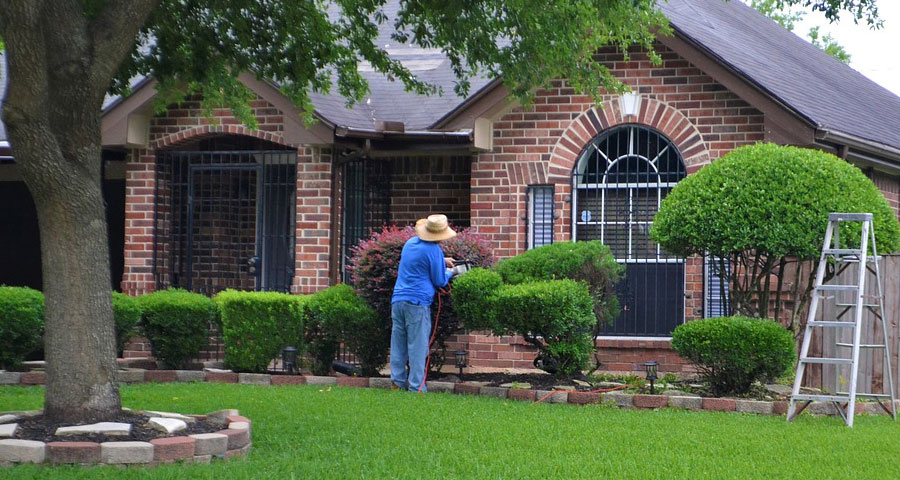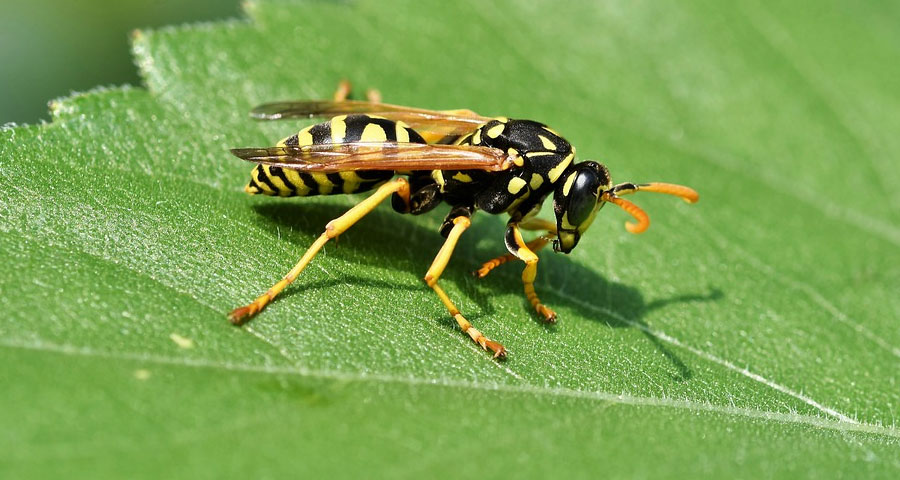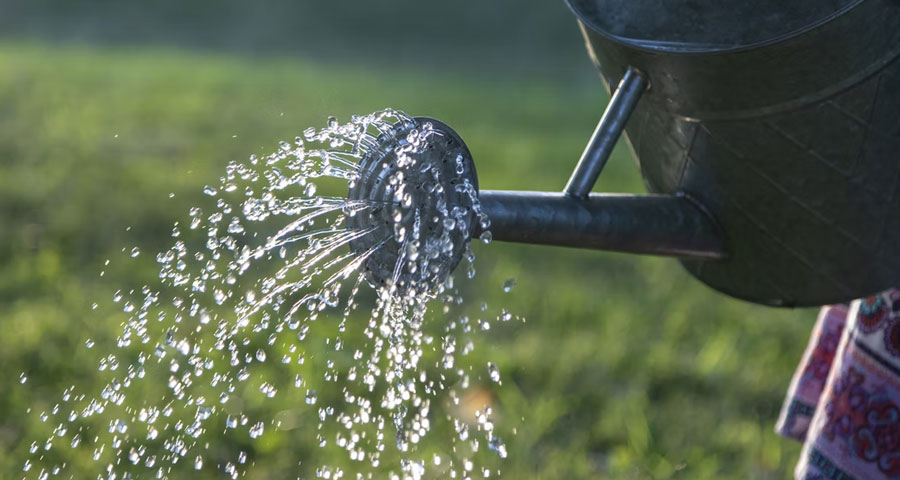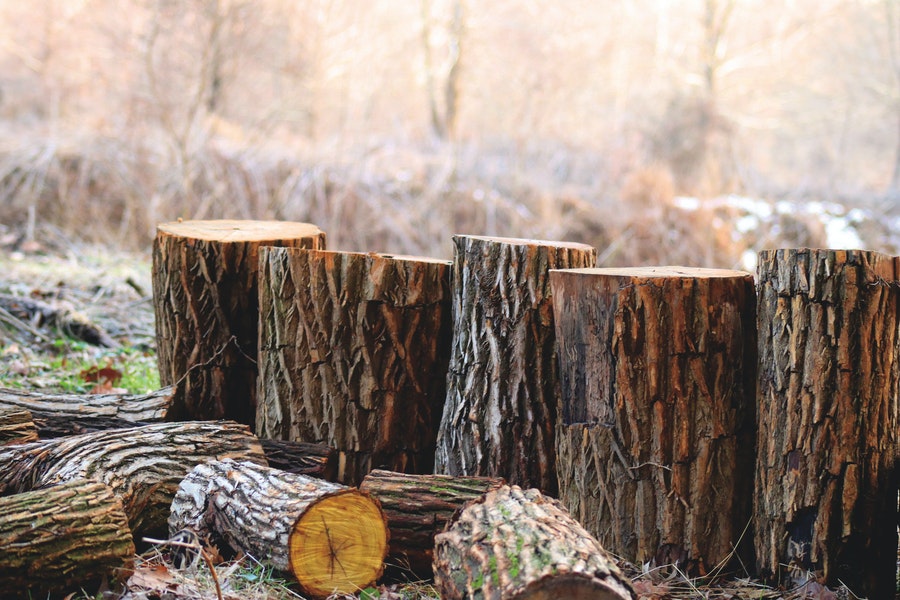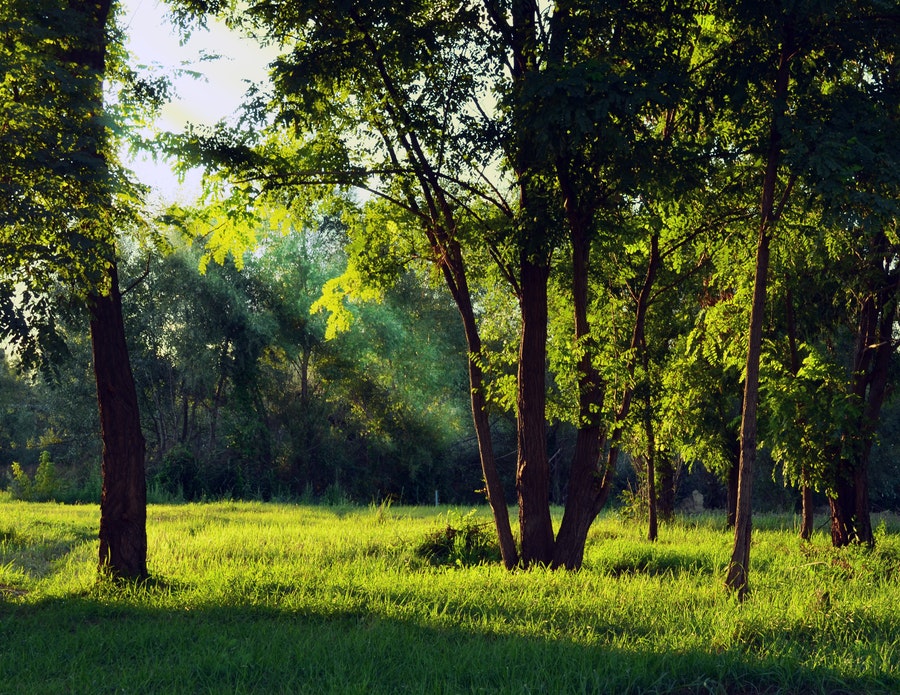It’s tough to find garden plants that thrive in wet soils or areas where there is standing water. You want a plant that can live in less than hospitable conditions while also looking great. In these instances, buttonbush (Cephalanthus occidentalis) may be your plant.
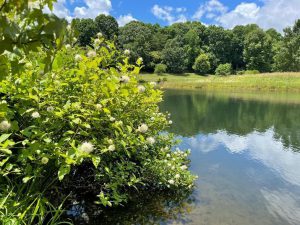
Buttonbush prefers wet conditions and can even grow in standing water.
Characteristics
Buttonbush is a small to medium sized shrub that can reach a height of 10 to 15 feet tall with a medium spread of 8 to 10 feet. It is sometimes called button willow, honey bells or honey balls. This multi-stemmed plant has leaves that come in pairs or in threes. The leaves are a glossy dark green with a narrow, oval shape. Further, they have smooth margins and a pointed tip that rounds to a tapered base.
When it is happy, buttonbush produces long-lasting white or pale pink flowers. The flowers are unique. They have a round shape and a pincushion-like appearance, like a spiky ball. As the flowers fade, they mature into reddish-brown fruits that persist into winter.
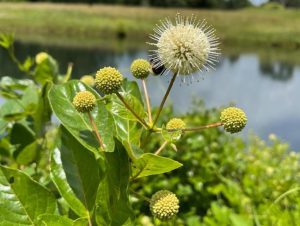
The unique buttonbush flower attracts many pollinators.
Buttonbush is a wildlife lover’s dream. The fragrant flowers attract hummingbirds and pollinators. Moths and butterflies frequent the plant for its sweet nectar. In addition, the fruit is a good food source for birds. Species including robins, towhees and kingbirds find the plants just as pleasing as the ducks and water birds that live in the wet areas where buttonbush often grows.
Buttonbush is native to much of the United States. As it prefers moist conditions, you may spot it growing on stream banks, shorelines and in swamps. In fact, it can tolerate growing in water up to depths of three feet. While it can grow in drier soil, buttonbush prefers soil with regular moisture to the aforementioned wet extremes. Some insect pests may cause minor damage, but drought conditions pose a greater threats to its growth and health.
With its unique attributes and adaptability, buttonbush is a worthy addition to diverse landscapes. It is a great option for wet areas of a property or even regular garden locations that get lots of moisture.
The post Buttonbush: A Plant that Thrives in Wet Soils first appeared on Tree Topics.

